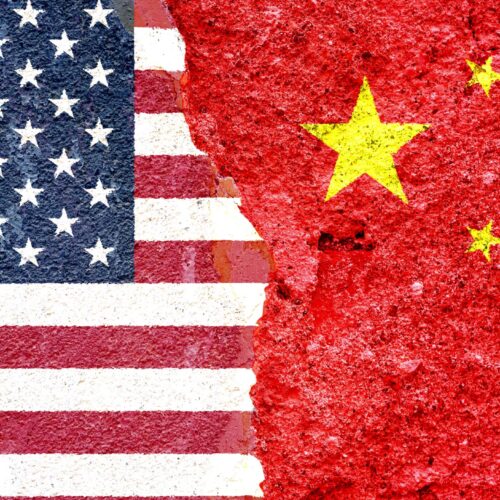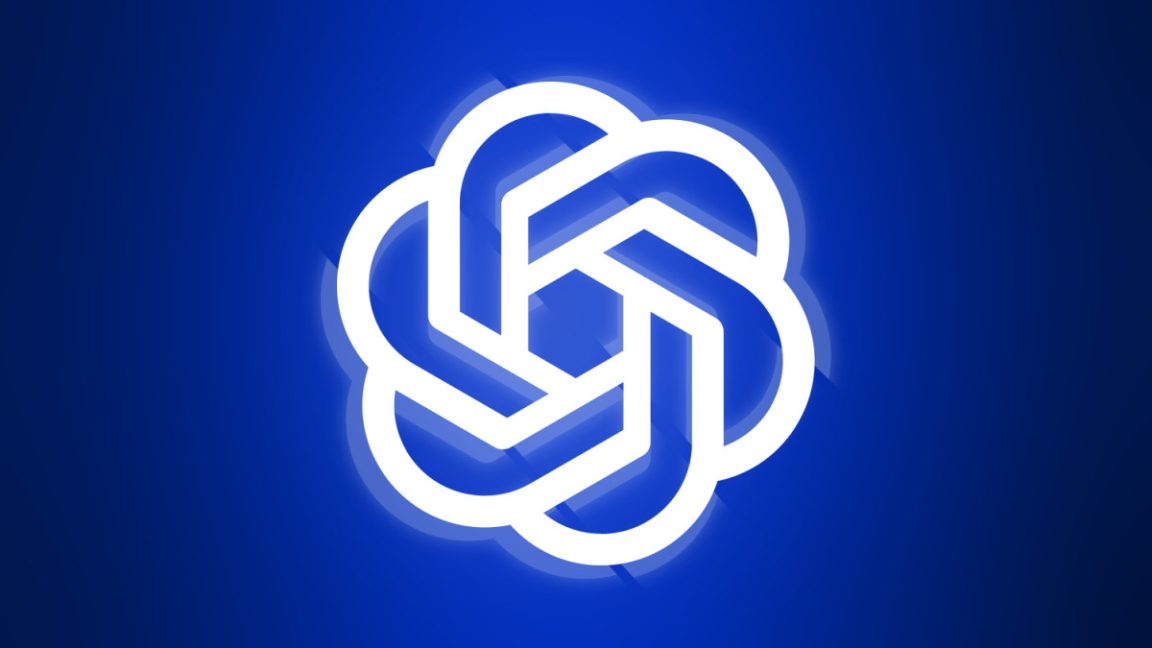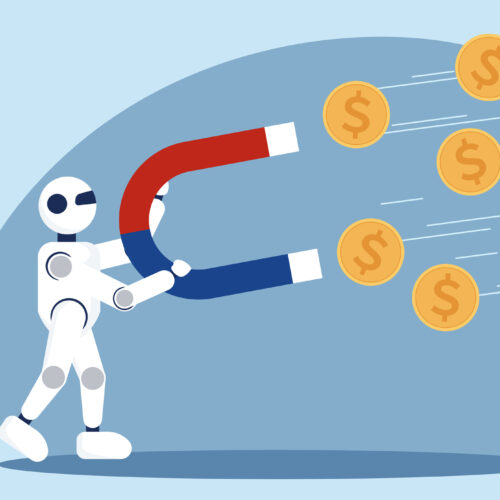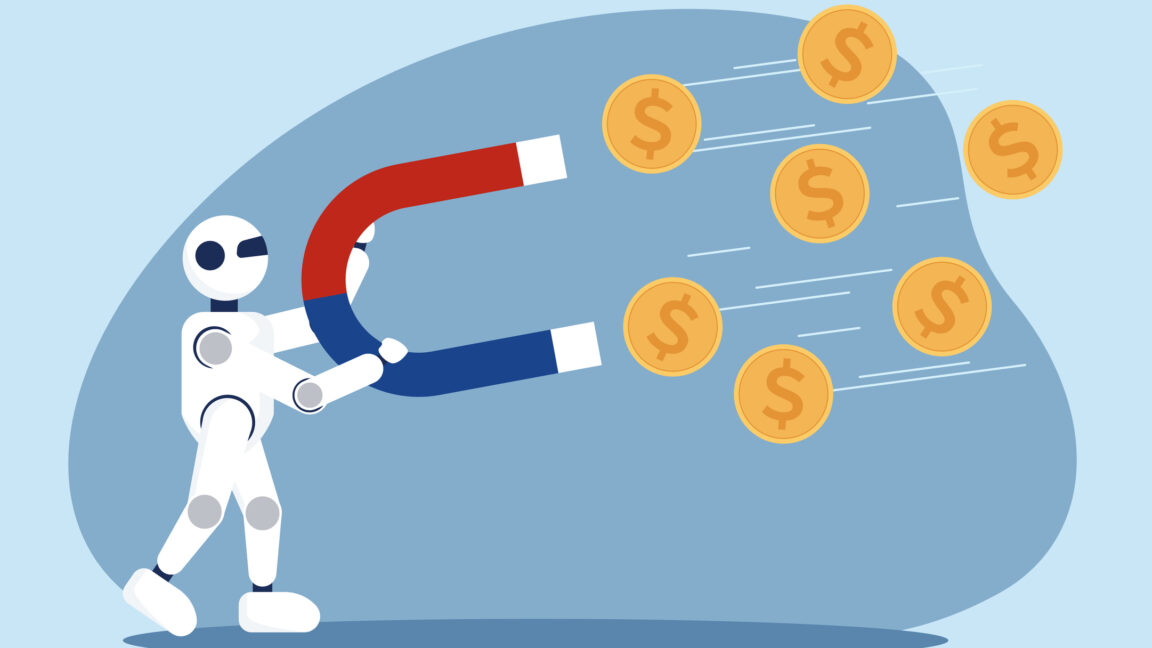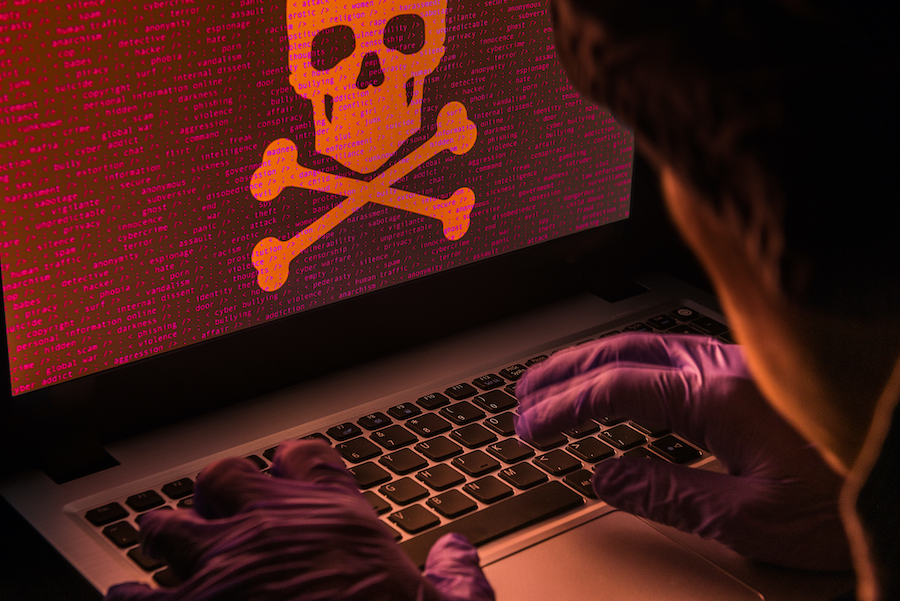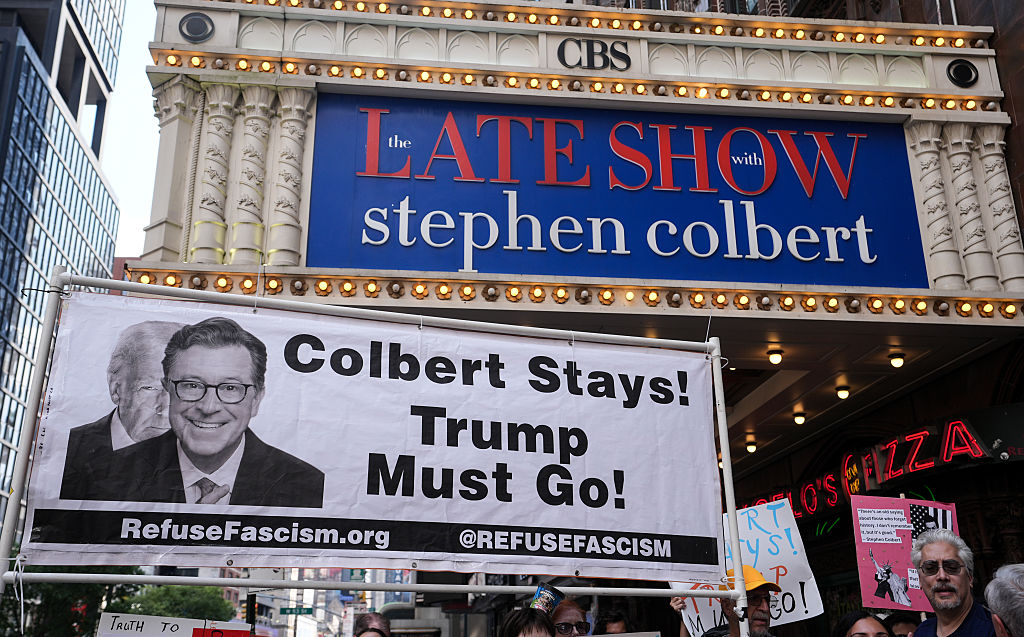Denny’s CEO asks potential hires these questions at the interview—if they can’t answer, it’s an immediate red flag
- Denny’s CEO Kelli Valade isn’t afraid to admit she’s always working to be better—and she values that same humility in job candidates. Recognizing your weaknesses and asking thoughtful questions, she says, can set you apart in an interview. It’s a mindset shared by Nvidia CEO Jensen Huang, who got his start as a Denny’s dishwasher and credits the journey teaching him hard work and humility.
Landing a job in today’s market can feel like finding a needle in a haystack. Not only do you have to find a role that you’re interested in—and are qualified for—but you also have to craft an application, resume, and cover letter that’s interesting to both humans and AI. But once you land the coveted interview, that’s when the pressure is on.
Luckily, even during an era of AI-assisted interviews, there remain ways to stick out from the crowd.
When asked what her red flags are in hiring, Kelli Valade, CEO of Denny’s Corporation, noted that she asks applicants a few critical questions.
One of the signs Valade looks for comes at the end of the interview, when she asks: what questions do you have for me?
“Have a thoughtful one or two. You don’t really even have to have more than that,” she tells Fortune. “Any more than that, actually, it’s too much.”
In fact, it often does not matter what the questions are, but the fact that you do ask shows you did your homework and are seriously interested, Valade adds.
(However, Shark Tank star Barbara Corcoran advises candidates to ask, “Is there anything standing in the way of you hiring me?”)
She also is sure to ask: what would they say makes you most effective at what you do? Typically, candidates are pretty well equipped to answer that question, Valade says.
“Then I ask them, what would make them more effective?” she explains. “Which basically is saying, what are your weaknesses? And there you’d be amazed at how many people can’t answer that, or would say, ‘I’ve not thought about it.’ And so really what you’re saying is, ‘I’ve not thought about my weaknesses.’”
The 55-year-old admits that she herself is a work in progress, but what’s helped her stand out throughout her career is not shying away from admitting her areas of improvement. It’s something she hopes to see in her employees, too.
From Denny’s dishwasher to leading the world’s biggest company
Now that you know tips for getting hired at Denny’s, you may ask, why work at the restaurant chain?
There may be no more notable member of Denny’s employee alumni than Jensen Huang. The now billionaire CEO of Nvidia started his career at the diner as a dishwasher at just 15 years old—and it’s experience he credits for teaching him about hard work.
“I planned my work. I was organized. I was mise en place,” Huang told students at Stanford’s Graduate School of Business last year. “I washed the living daylights out of those dishes.”
“No task is beneath me,” he added. “I used to be a dishwasher. I used to clean toilets. I cleaned a lot of toilets. I’ve cleaned more toilets than all of you combined. And some of them you just can’t unsee.”
And while his time at Denny’s came well before Valade’s tenure, she says they are now friends today—and the billionaire continues to pay homage to the diner. His LinkedIn notably only includes two employers: Denny’s and Nvidia. He also made an appearance last year at Denny’s franchise convention and partnered with the company to launch a special edition “Nvidia Breakfast Bytes.”
“Start your first job in the restaurant business,” Huang said in 2023. “It teaches you humility, it teaches you hard work, it teaches you hospitality.”
From hostess to CEO
Valade started her career in the restaurant space at just age 16, when she landed a hostess job at TJ’s Big Boy. Decades later, she began climbing up the corporate ladder in the human resources world—with the dream of one day becoming a chief people officer, not necessarily becoming a CEO.
So when she was tapped to jump from head of HR to chief operations officer at Chili’s, self-doubt was her first instinct.
“I didn’t think I could do that at the time,” she recalls. “I thought, I think you’re looking for the wrong person here. I don’t know. My first instinct was, I’m not sure I know how to do that.”
While the feeling is natural, she adds leaders—and especially women—should self-reflect on whether you are holding yourself back from a greater potential.
“Push yourself and challenge yourself on why you may not feel like that,” she adds.
After later rising to brand president at Chili’s and CEO of Red Lobster, Valade was tapped to become Denny’s CEO in 2022, centering her career on two of her favorite things: people and pancakes.
This story was originally featured on Fortune.com


© Courtesy of Denny's Corporation






